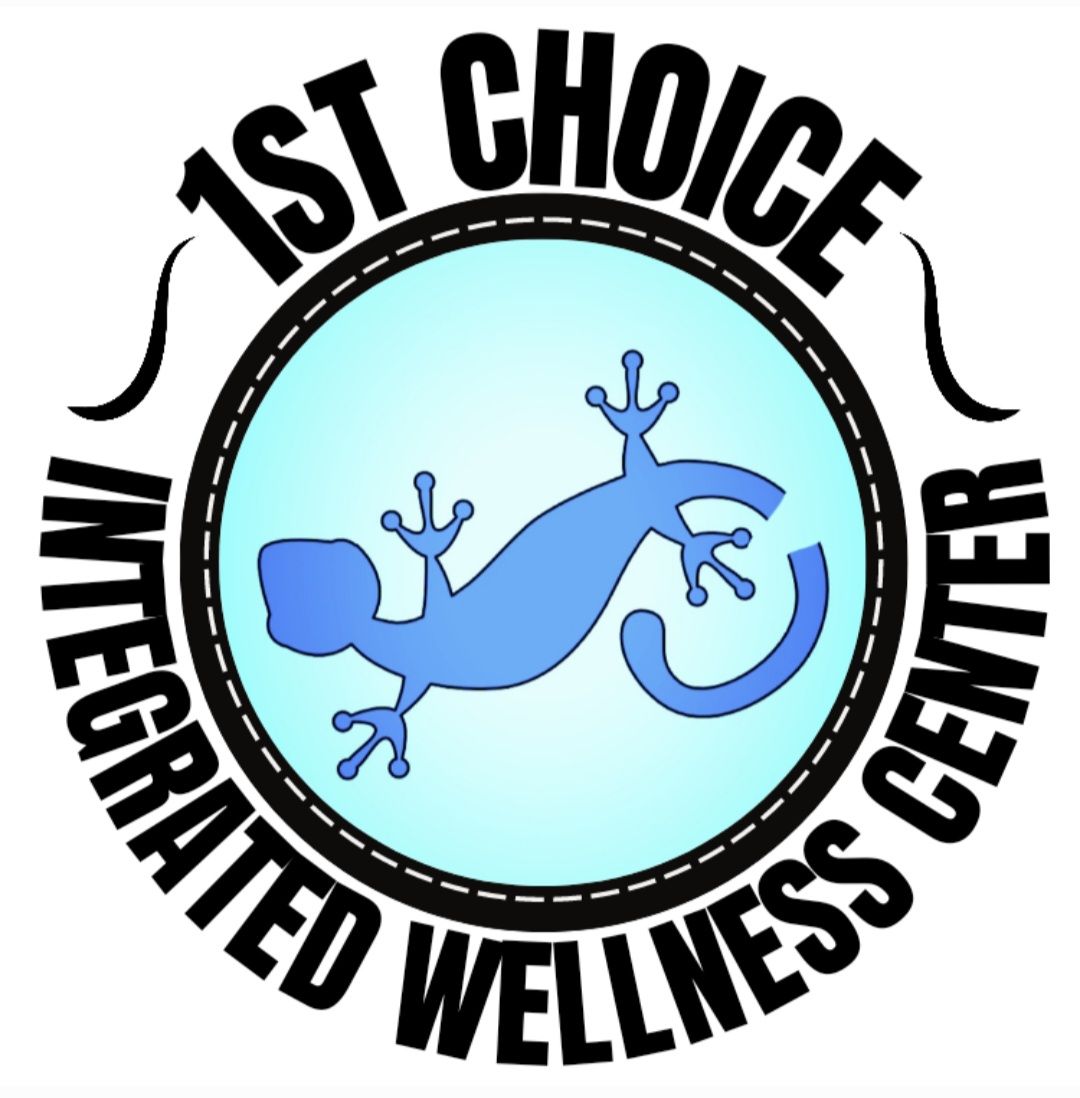Elbow Pain
Elbow pain can deeply affect one's daily activities, often extending beyond the elbow itself to influence the functionality of the hand and wrist. This pain can significantly impede basic tasks, such as lifting objects, typing, or even simple actions like opening a door. One of the most common issues associated with elbow pain is a decrease in grip strength, which can make it challenging to perform tasks that require fine motor skills or strong hand movements. The interconnectedness of the elbow, hand, and wrist means that pain or dysfunction in one area can easily lead to complications in the others, creating a cascade of functional difficulties.
This type of pain is frequently observed in individuals who engage in racquet or stick sports, including tennis, golf, hockey, badminton, and table tennis. These activities often involve repetitive arm movements and gripping actions that can strain the muscles and tendons around the elbow. Over time, this repetitive strain can lead to conditions such as tennis elbow or golfer's elbow, which are characterized by inflammation and pain in the tendons of the forearm. These conditions not only affect athletic performance but can also make everyday activities painful and difficult.
Moreover, elbow pain is a common ailment among tradespeople involved in manual or repetitive work, such as carpenters, plumbers, or assembly line workers. The repetitive motions and physical demands of these jobs can put significant stress on the elbow joint, leading to overuse injuries. Preventative measures, such as ergonomic tools, proper technique, and regular breaks, can help mitigate the risk of developing elbow pain. For those already experiencing discomfort, early intervention with physical therapy, rest, and possibly medical treatment is crucial to prevent the condition from worsening and to maintain functional ability in daily life.
Types of Elbow Pain:
- Broken arm.
- Bursitis (A condition in which small sacs that cushion the bones, tendons and muscles near joints become inflamed.)
- Cervical disc herniation.
- Dislocated elbow.
- Golfer's elbow.
- Tennis elbow.
- Gout.
- Osteoarthritis (the most common type of arthritis)
- Osteochondritis dissecans.
Causes of Elbow Pain:
- Inflammation
- Overuse (manual labor)
- Poor posture (shoulder rounding forwards)
- Repetitive microtrauma (golfers/tennis elbow)
- Trauma
- Underlying disease or pathology (rare)
Treatment:
At 1st Choice Integrated Wellness Center, we embrace a holistic approach to managing elbow pain, focusing on the entire body rather than just the site of discomfort. Understanding that numerous factors can contribute to elbow pain, we prioritize accurate diagnosis to ensure effective treatment. Our comprehensive process starts with a complimentary consultation, allowing us to determine if our services align with your needs. Should we find that our expertise is not the right fit, we will gladly refer you to appropriate specialists to ensure you receive the best possible care.
If we ascertain that we can assist you, the next step involves a thorough paid examination. This examination includes a series of orthopedic, neurological, and musculoskeletal tests to pinpoint the root cause of your elbow pain. Once we gather all the necessary information, we will provide you with a detailed report of our findings. This meticulous diagnostic phase is crucial for developing a targeted and effective treatment plan.
Following the diagnosis, we will create a personalized treatment plan aimed at facilitating natural recovery. Our approach integrates spinal adjustments, joint adjustments, muscle therapies, and the prescription of rehabilitation exercises and stretches. In addition to addressing the immediate pain, we also consider lifestyle factors that may have contributed to the injury. By helping you make necessary modifications to your daily activities and habits, we strive to prevent future occurrences of elbow pain and promote long-term health and well-being.

